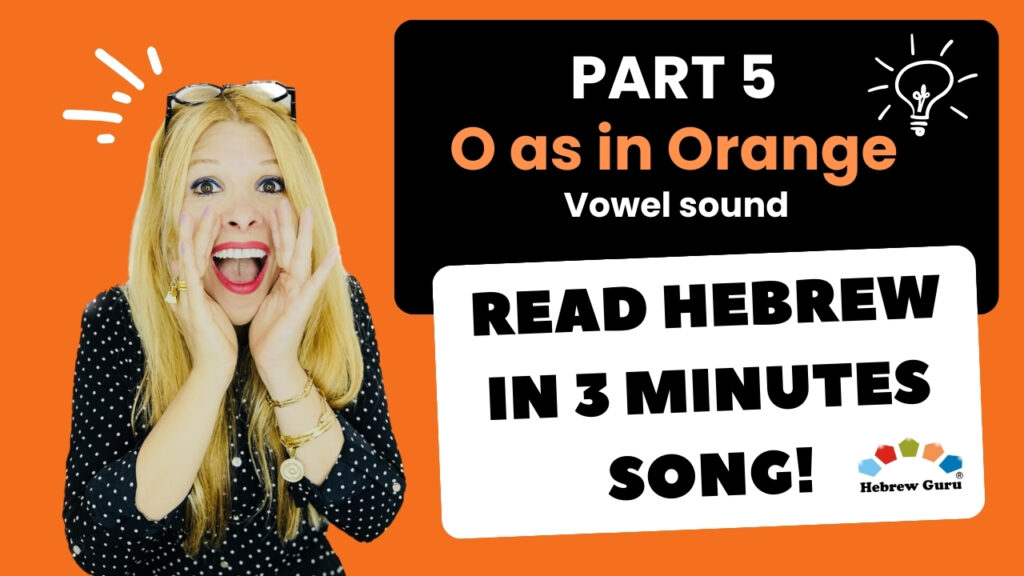
Did you know that Hebrew, the ancient language of prayer and sacred texts, has evolved into a vibrant modern language spoken daily by millions in Israel?
This transformation didn’t happen overnight. One man, Eliezer Ben-Yehuda, is credited with breathing new life into Hebrew, turning it from a language of ancient scriptures into one used for everyday conversations.
In this blog, you’ll discover the fascinating journey of Hebrew’s revival and learn 10 modern Hebrew words that weren’t found in the Hebrew Bible!
A Language of Prayer and Devotion 🙏
For centuries, Hebrew was primarily a language of prayer, ritual, and religious study.
Jewish communities around the world used Hebrew to connect with their faith, read the Torah, and recite prayers. Hebrew was not a spoken language in daily life but was preserved through generations as a holy tongue, known as “Lashon HaKodesh.”
Eliezer Ben-Yehuda (1858–1922)
A linguist and journalist is the man behind the revival of Hebrew as a spoken language.
Ben-Yehuda believed that for Jews to have a nation, they needed a unifying language. His mission was ambitious: to modernize Hebrew so it could serve as a tool for daily communication, covering everything from mundane conversation to scientific discourse.
Ben-Yehuda not only created new words and adapted ancient roots but also borrowed terms from other languages to fill the gaps needed for modern life.
His commitment to reviving Hebrew was so profound that he and his family only spoke Hebrew at home. His son, Ben-Zion Ben-Yehuda, was the first native speaker of modern Hebrew in over a thousand years, making him a living testament to his father’s vision.
Ben-Yehuda famously said, “The Hebrew language can live if those who speak it will it to live.” Thanks to his tireless efforts, Hebrew went from being a language of prayers to the official language of Israel.
10 Modern Hebrew Words You Won’t Find in the Hebrew Bible
Let’s explore 10 modern Hebrew words that you wouldn’t find in the Hebrew Bible.
These words are part of the vibrant tapestry of contemporary Hebrew:
אופניים (Ofanayim) – Bicycle
Derived from the word “ofan” (wheel), this modern word was created to describe a two-wheeled vehicle—an invention unknown in biblical times.חשמל (Chashmal) – Electricity
Originally found in the Bible with a completely different meaning, “chashmal” was repurposed in modern Hebrew to mean “electricity.”גלידה (Glidah) – Ice Cream
This sweet treat wasn’t around in biblical times, so the word “glidah” was coined in the modern era to describe everyone’s favorite frozen dessert.מחשב (Machshev) – Computer
A fusion of the Hebrew root “chashav” (to think), the word “machshev” represents the advanced thinking machines we use every day.אווירון (Aviron) – Airplane
From “avir” (air), “aviron” was invented to refer to the new flying machines of the early 20th century.עגבנייה (Agvaniyah) – Tomato
Tomatoes were not a part of the ancient Hebrew diet. The modern word “agvaniyah” was coined to describe this New World fruit.עיתון (Iton) – Newspaper
From “eit” (time or era), “iton” is a modern creation to describe the daily printed source of news.טלפון (Telefon) – Telephone
Borrowed from the English word, “telefon” was adapted into modern Hebrew to describe the device that revolutionized communication.ספורט (Sport) – Sport
Another borrowing, “sport” was adopted to describe organized physical activity, a concept not prevalent in ancient Hebrew culture.אוניברסיטה (Universitah) – University
Adapted from the Latin root, this word describes a place of higher education, something that didn’t exist in the biblical era.
Understanding Hebrew
Hebrew Has Its Own Vowel System, But It’s Not Always Written 🔠
In traditional Hebrew texts, vowels are not written out as letters. Instead, they appear as “nikkud”—a series of dots and dashes placed around the letters. This can puzzle beginners who are used to seeing vowels in their written form.That’s where the innovative Hebrew Guru method comes into play.
The Hebrew Vowels
Hebrew vowels make their appearance through ‘nikkud’—a system of 16 different symbols representing 5 basic vowel sounds.
These symbols are strategically placed around the letters to guide pronunciation. This distinction highlights an interesting aspect of Hebrew: its adaptability and depth.
While native Hebrew speakers can often read without nikkud, for those learning the language, especially English speakers, understanding and pronouncing words correctly without these markers is a significant challenge.
Imagine trying to read English without vowels; it would be like trying to solve a puzzle without all the pieces!
The Hebrew Guru method bridge this gap.
The Hebrew Guru method utilizes five specific colors to represent the 5 Hebrew vowel sounds, making Hebrew accessible and enjoyable for English speakers.
Here’s how each vowel sound is matched with a distinct color:
- A as in Aqua
- E as in Red
- EE as in Green
- O as in Orange
- OO as in Blue
Definition of Decoding:
Decoding in linguistics refers to the process of interpreting the symbols of a language (letters and characters) into forms that are understandable in speech. Effective decoding is essential for reading fluency and comprehension.
Hebrew is a phonetic language.
That means what you see written is generally what you pronounce, which simplifies learning significantly. This phonetic consistency makes Hebrew fundamentally easier to decode from written form to speech than English.
Curious to hear how simple Hebrew can be?
Are you ready to add some color to your Hebrew learning journey?
Watch “Read Hebrew in 3 Minutes Song – Part 5: O as in Orange” to see the Hebrew Guru method in action.
This educational, engaging video will demonstrate how easy and fun it is to learn Hebrew vowels with our unique color-coded system.
Don’t miss this chance to transform your Hebrew learning experience into a vibrant and memorable adventure. Embrace this innovative method and start speaking Hebrew with confidence and ease today!
What others are Saying:
- Dennis Prager: “Original, fun, and effective, this is a superb way to learn Hebrew.”
- Rabbi David Wolpe: “A clear, lucid, and immensely helpful guide to learning Hebrew. Takes the reader by the hand and introduces the holy tongue in living color.”
Did You Miss Out Previous Videos ?
Immerse yourself in the wisdom of the Hebrew letters with our engaging video series. Start with:
“Read Hebrew in 3 Minutes Song – Part 1: The Hebrew Letters”
“Read Hebrew in 3 Minutes Song – Part 2: A as in Aqua” Now!
“Read Hebrew in 3 Minutes Song – Part 3: E as in RED”
“Read Hebrew in 3 Minutes Song – Part 4: EE as in GREEN”
Hebrew Guru, making Hebrew simple for English speakers.
🎁 Special Offer: To celebrate the upcoming release of my new book, “Speak Hebrew in 18 Steps,” I’m excited to offer you the first chapter for free! This chapter isn’t just an introduction—it’s your first step towards mastering everyday conversations in Hebrew, enhancing your prayers, and deepening your cultural ties.
🎁 Download Your Free Chapter Below!
Conclusion:
Learning Hebrew is more than acquiring a new language; it’s embracing a journey that weaves through history, spirituality, and community.
Whether you’re exploring your heritage, seeking spiritual depth, or simply looking for a new intellectual challenge, Hebrew offers a path that is as enriching as it is enlightening.
Ready to start your Hebrew journey?
Download your free chapter today and begin connecting with the Hebrew language in a way that is both meaningful and transformative.
🎁 Download Your Free Chapter Here!

Speak Hebrew in 18 Steps
My Gifts to You 🎁
Download now!
COMIG SOON !!! Speak Hebrew in 18 Steps
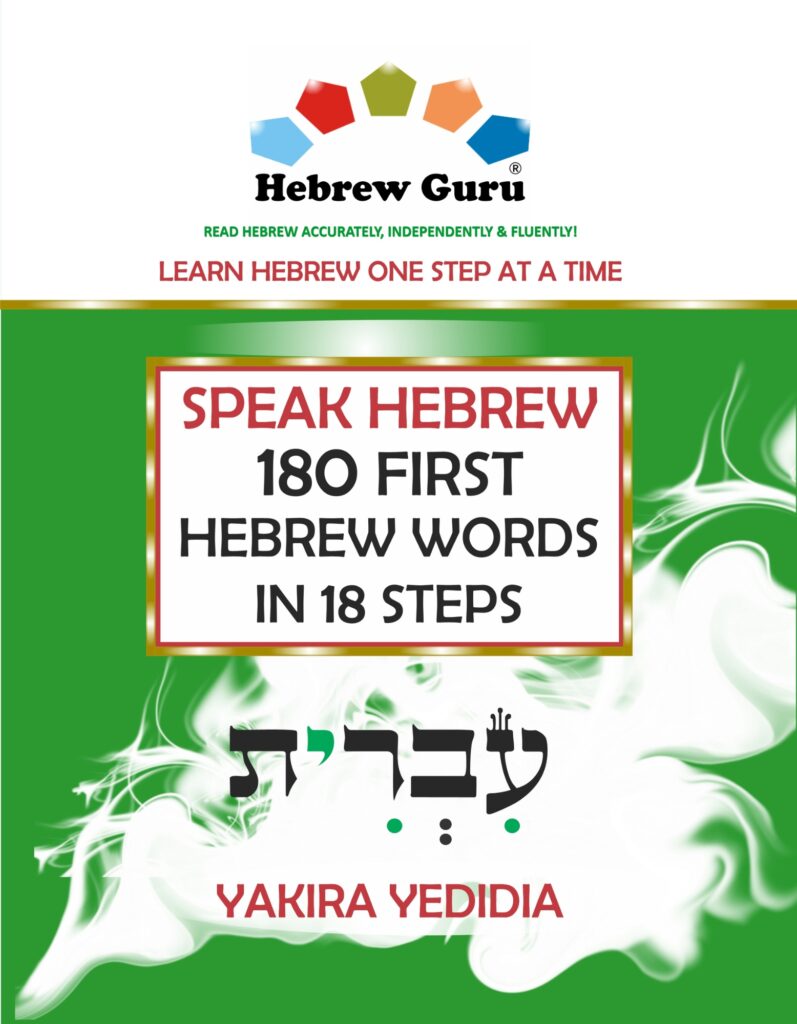
WANT MORE?
Dive deep into the mystical fabric of the universe with each letter of the Hebrew alphabet. These ancient symbols offer more than mere linguistic value—they are windows to profound spiritual insights.
Unlock the secrets hidden within these mystical characters:
- Aleph (א) – Symbolizes the unity and indivisibility of the Divine, the breath that precedes existence.
- Bet (ב) – Represents duality, the physical manifestation of creation, and divine speech.
- Gimel (ג) – Embodies movement and the flow of divine beneficence to the world.
- Dalet (ד) – Signifies humility and the receptive spirit necessary to receive divine wisdom.
- Hei (ה) – Echoes revelation, divine breath, and creative power.
- Vav (ו) – Connects the heavens and earth, channeling divine energy.
- Zayin (ז) – Reflects spiritual struggle and the sword of divine justice.
- Chet (ח) – Encapsulates life and the divine grace that sustains it.
- Tet (ט) – Reveals concealed good, teaching us to find sanctity in the material.
- Yud (י) – The smallest letter, indicative of the infinitesimal point of divine essence in all.
- Kaf (כ, ך) – Crowns potential, urging realization and manifestation.
- Lamed (ל) – Stands tall to represent the aspiration toward divine learning.
- Mem (מ, ם) – Mirrors water, representing wisdom, chaos, and the potential for creation.
- Nun (נ, ן) – Expresses humility and the faith that elevates the soul.
- Samekh (ס) – Symbolizes divine support that upholds all existence without falter.
- Ayin (ע) – Offers insight, inviting us to look beyond the surface to deeper truths.
- Pei (פ, ף) – Manifests speech, transforming ephemeral thought into reality.
- Tzadi (צ, ץ) – Exemplifies righteousness, the spiritual seeker’s path.
- Qof (ק) – Encompasses holiness and the cyclic nature of time.
- Resh (ר) – Represents wisdom, the head, and enlightenment.
- Shin (ש) – Sparks transformation through divine fire.
- Tav (ת) – Marks truth, perfection, and the fulfillment of divine will.
Each letter invites you on a mystical journey of self-discovery and cosmic exploration, a true testament to the depth of Hebrew as a language of creation.
Immerse yourself in the wisdom of the Hebrew letters with our engaging video series. Start with “Part 1: The Hebrew Alphabet” to connect with the divine essence of these ancient symbols. Watch Now.
Whether you are a spiritual seeker, a student of mysticism, or simply curious about the profound depths of Hebrew, these 22 secrets open a gateway to understanding the universe’s intricate design.
Hebrew Guru, making Hebrew simple for English speakers.
This blog is designed to educate, engage, and motivate readers to explore Hebrew through a unique, effective method tailored specifically for English speakers, making ancient texts more accessible and learning more enjoyable
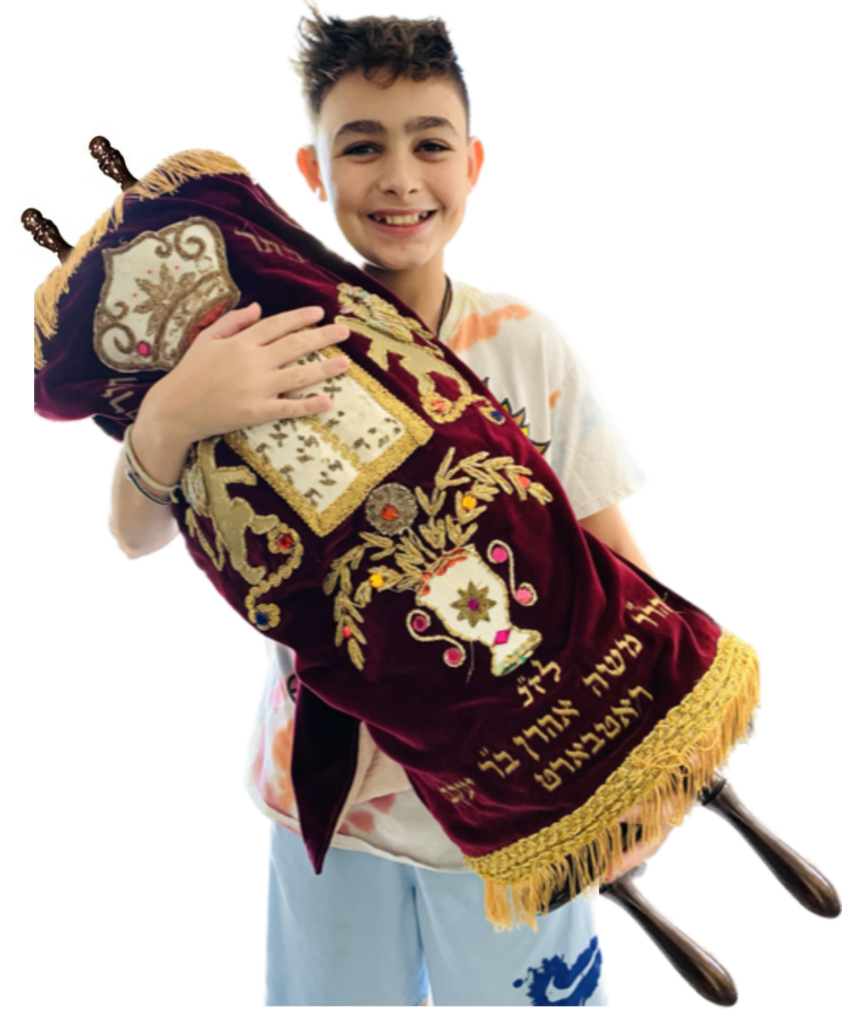
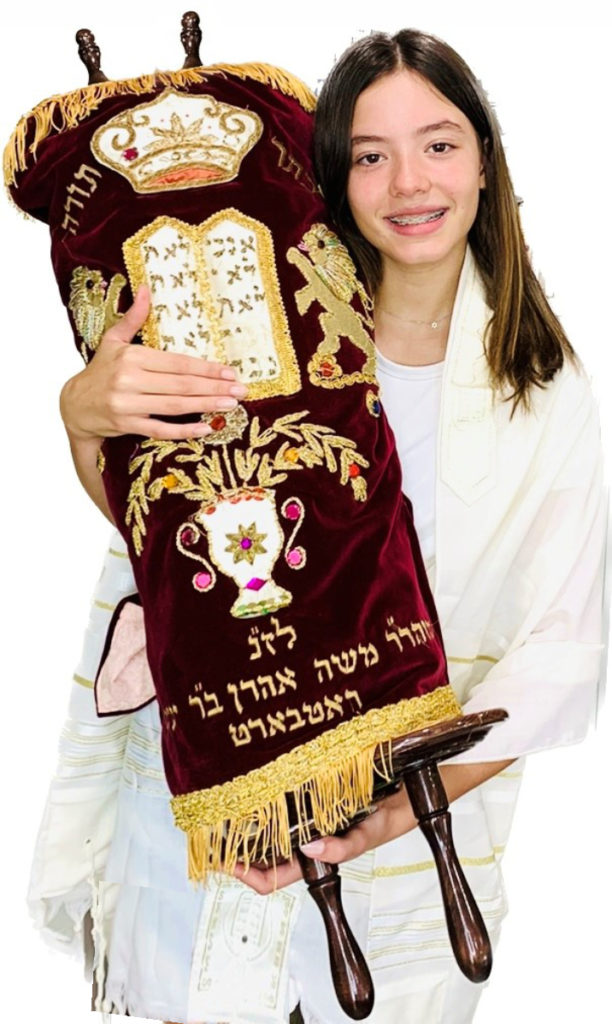
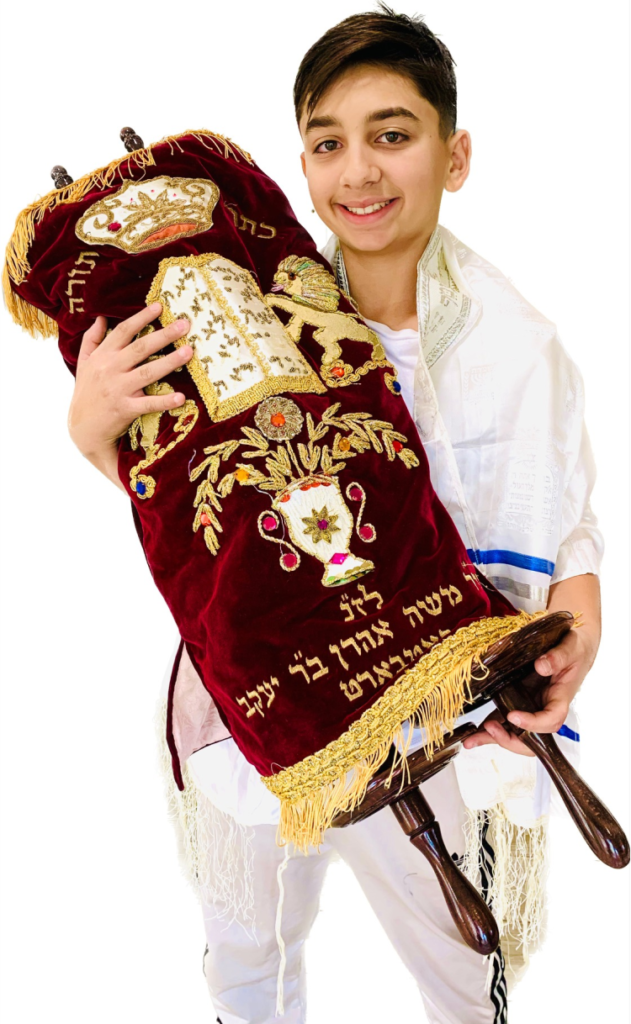
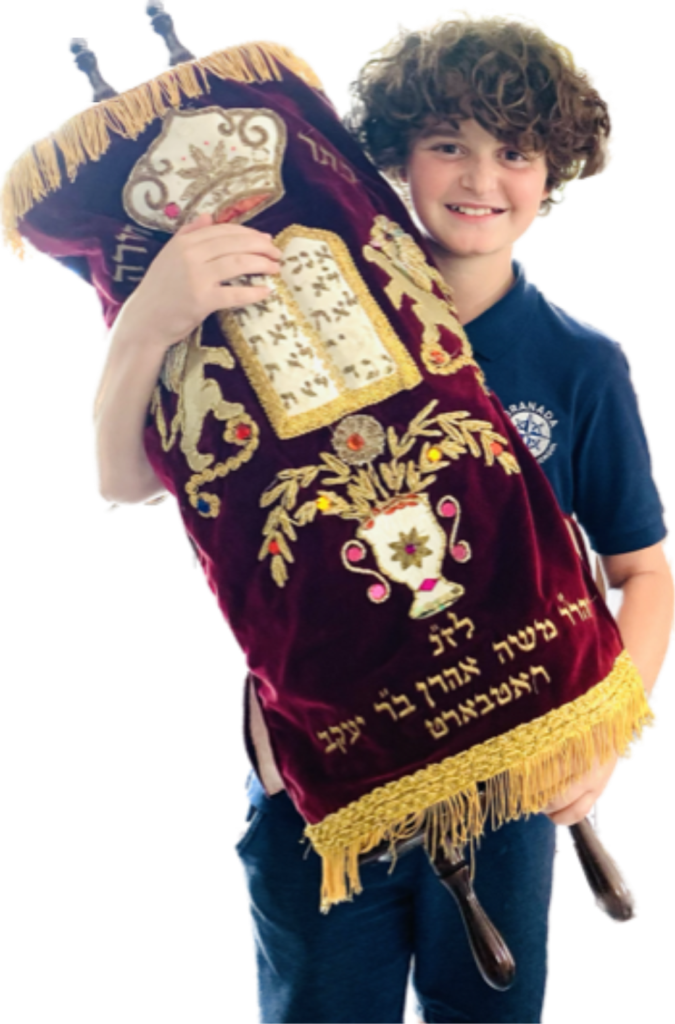
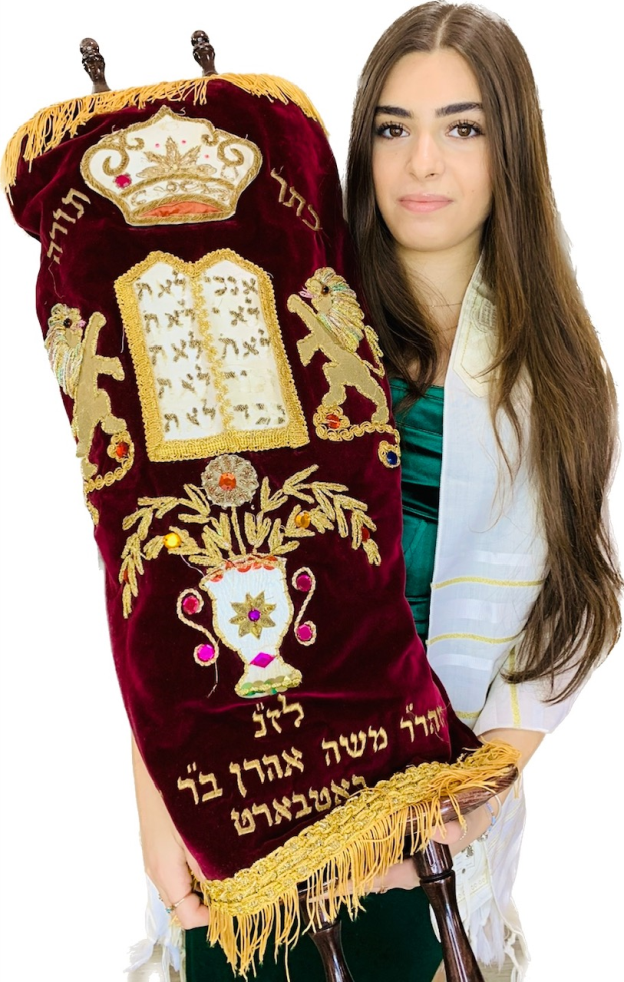

For more information please visit https://hebrewguru.com/
#HebrewIn18Steps #barmitzvah #batmitzvah #bnaimitzvah #hebrewguru #hebrew #learnhebrew #rabbiyakira #hebrewforkids #hebrewforadults #hebrewforbeginners #learnhebrewonline #hebrewwords #speakhebrew #ulpan #aliyah #israel #hebrewbible #language #ivrit #jewishlanguage #learnhebrewin18steps #torah #hebrewforchristians #hebrewlesson #jewishschool #jewishholidays #judaism #freecourse

